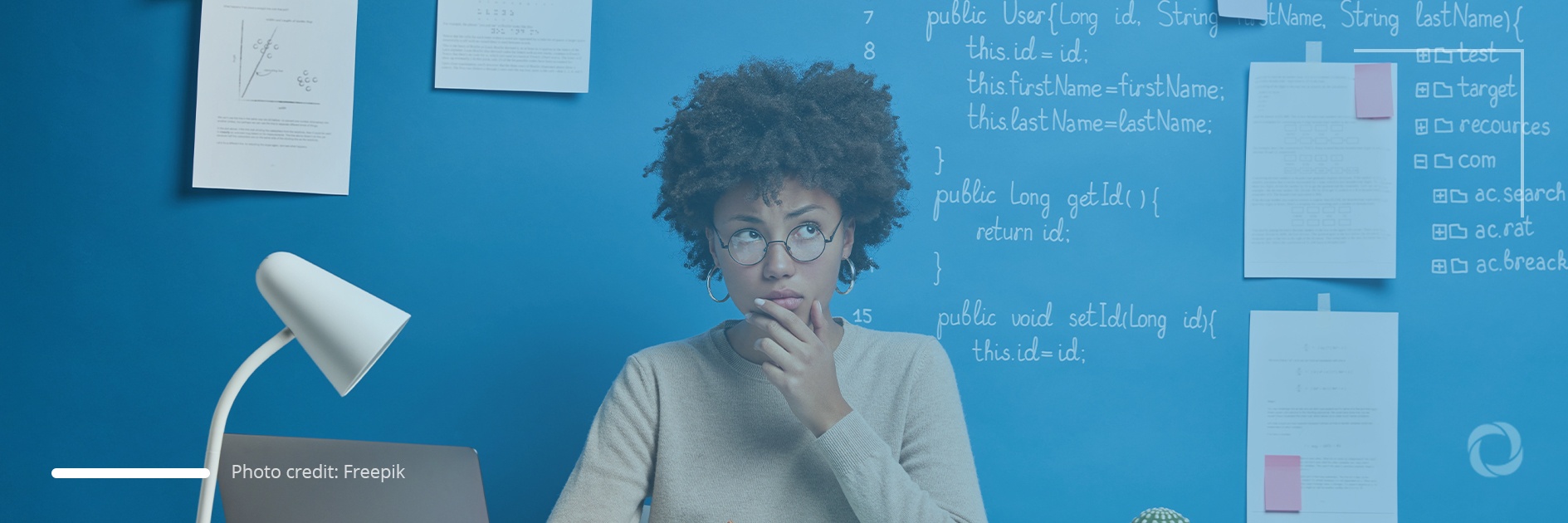While surfing social networks, we have all come across the profiles of successful people who manage to keep the balance between work and family, friends, and hobbies. They are always smiling, optimistic and seem to have a strategy for any situation. No wonder we all want to be like them.
If you want to learn how to plan your work better and be more efficient, you should perhaps ask someone who has an incredibly busy job – such as brain scientist Erik Scherder (a famous Dutch professor of neuropsychology) who works 80 hours a week. How does he do that? Check out his answers below.
“I’m not a morning person. Every day of the week I work until about eleven o’clock in the evening. That is a lot, yes, but I really enjoy doing it,” says Professor Scherder who is perhaps the prime example of a very busy man.
Apart from his research work as a professor, not a week goes by when he receives no media requests. Does he also have time for himself?
“I also do fun things with my wife and children. I live for my family and for my work. And on weekdays, after eleven I also watch an hour of Netflix or practice the violin,” says the scientist.
When asked which books on self-management, Scherder has read to sustain this busy existence, he answers most decisively – none.
“My secret is nothing special and not really a secret. I simply adhere to the life lessons that everyone knows: no smoking, no alcohol, sufficient daily exercise, a healthy day and night rhythm, and the necessary self-discipline to keep it up. I have always taken good care of myself and grabbed the opportunities presented to me with both hands. Nothing ever just came to me. I started studying when I was 24 and I’ve never really stopped since.”
Antonette Spaan is a 40-year-old Dutch professional adventurer and influencer who works more than 50 hours a week during busy periods. She currently has five projects underway (three travel sites, a blog, and freelance writing), all of which require attention in a different way.
“At first I thought I would be most productive by focusing on one project every day but I soon found out that this made me stressed and unhappy. Pinning down the entire week on Mondays was counterproductive. If I don’t get a response to an email until Wednesday for a project that I’m only working on Monday, I can’t wait half a week. I now know that I do most work if I don’t plan too tightly,” explains Spaan. “I always try to get up between six and six-thirty. I spend the first waking hour of my day exercising in the form of a walk or doing yoga.”
Spaan has been working with a monthly planner in Excel for two years now.
“I use that spreadsheet every Monday to see what I have to do that week. Then I plan that loosely per day. I learned that in this way I can get more work done in less time. At the beginning of my entrepreneurship, I planned eight or nine hours a day, now it is a maximum of five or six hours. At the end of the day, my energy is really used up and I have to do something else.”
A recent report from Indeed found that employee burnout is on the rise with 52% of all workers feeling burned out, up 9% from a similar pre-COVID survey. Employees of all ages and types are experiencing the impact of stress, fatigue, and mental health challenges.
DevelopmentAid advises you to find that life-work balance and discover what works for you. To make that process easier, check out more than 9,000 job opportunities in the international development aid sector.


